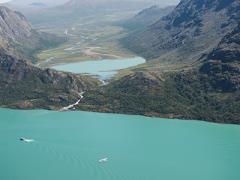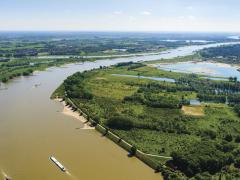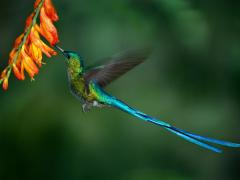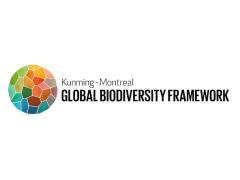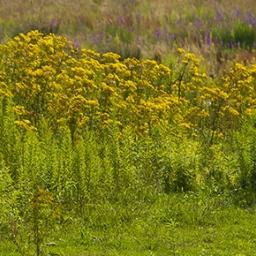Assessing ambitious nature conservation strategies in a below 2-degree and food-secure world
Global biodiversity is projected to further decline under a wide range of future socio-economic development pathways, even in sustainability-oriented scenarios. This raises the question of how biodiversity can be put on a path to recovery, which is the core challenge for the implementation of the CBD Kunming-Montreal Global Biodiversity Framework.
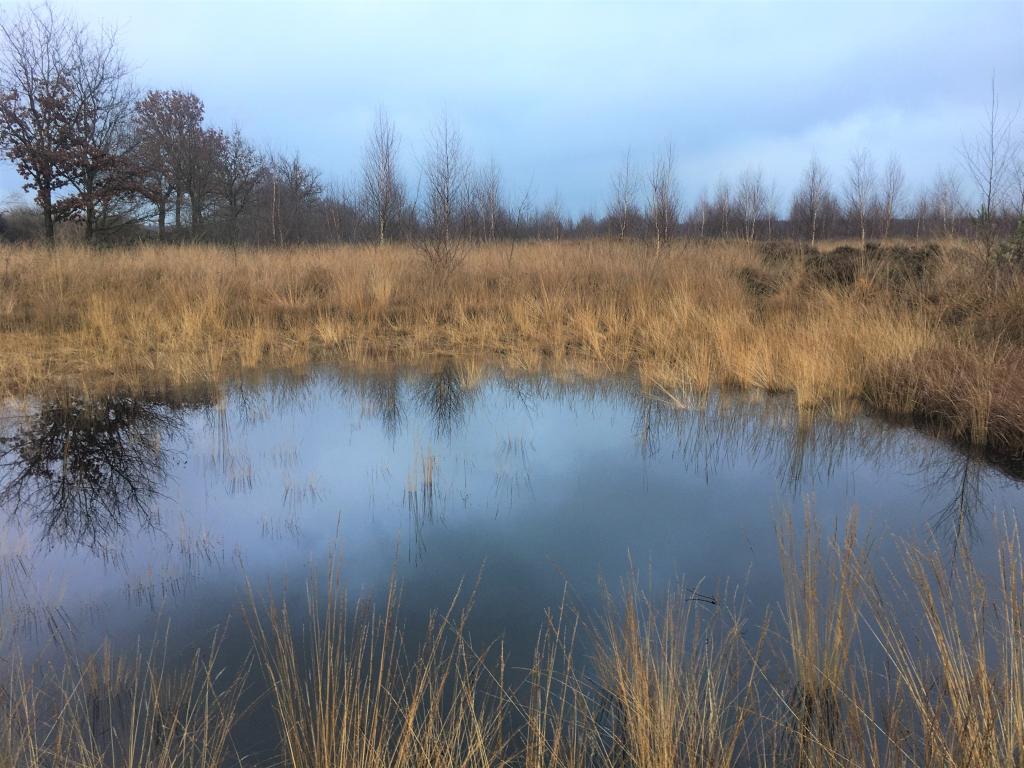
Half Earth and Sharing the Planet
We designed two ambitious global conservation strategies, ‘Half Earth’ (HE) and ‘Sharing the Planet’ (SP). This paper evaluates their ability to restore terrestrial and freshwater biodiversity and to provide nature's contributions to people (NCP), while also limiting global warming below 2 degrees and ensuring food security. We applied the integrated assessment framework IMAGE with the GLOBIO biodiversity model, using the ‘Middle of the Road’ Shared Socioeconomic Pathway (SSP2) with its projected human population growth as baseline. We found that the HE strategy performs generally better for terrestrial biodiversity (biodiversity intactness (MSA), Area of Habitat, Living Planet Index, Red List Index) in currently still-natural regions. The SP strategy yields more improvements for biodiversity in human-used areas, for freshwater biodiversity and for regulating NCP (pest control, pollination, erosion control, water quality). However, both strategies were insufficient to restore biodiversity and corresponded with considerable increases in food security risks and global temperature. Only when we combined the conservation strategies with a portfolio of ‘integrated sustainability measures’, including climate change mitigation and reductions of food waste and animal product consumption, did our scenarios result in a restoration of biodiversity and NCP while keeping global warming below 2 degrees and food security risks below the baseline projection.
Authors
Specifications
- Publication date
- 6 December 2023
- Publication type
- Article
- Magazine
- Biological Conservation
- Issue
- Volume 284, August 2023, 110068
